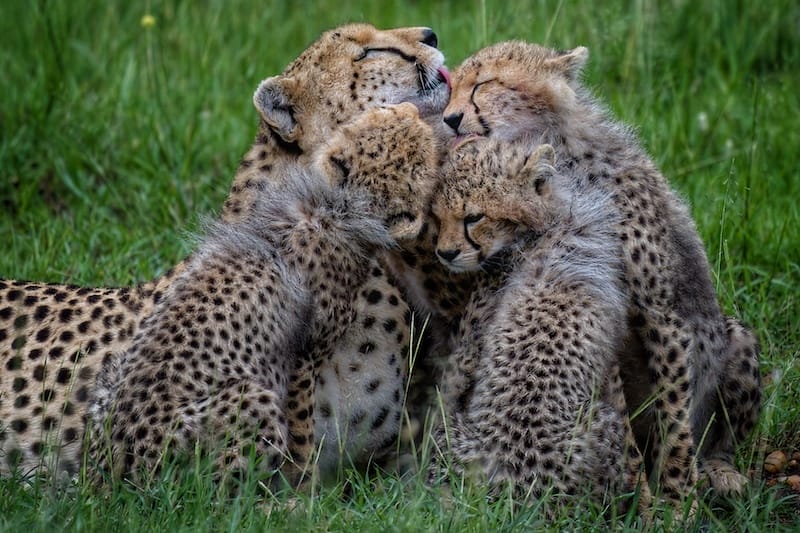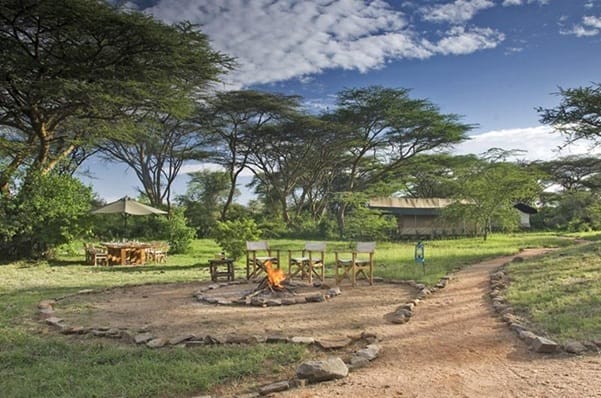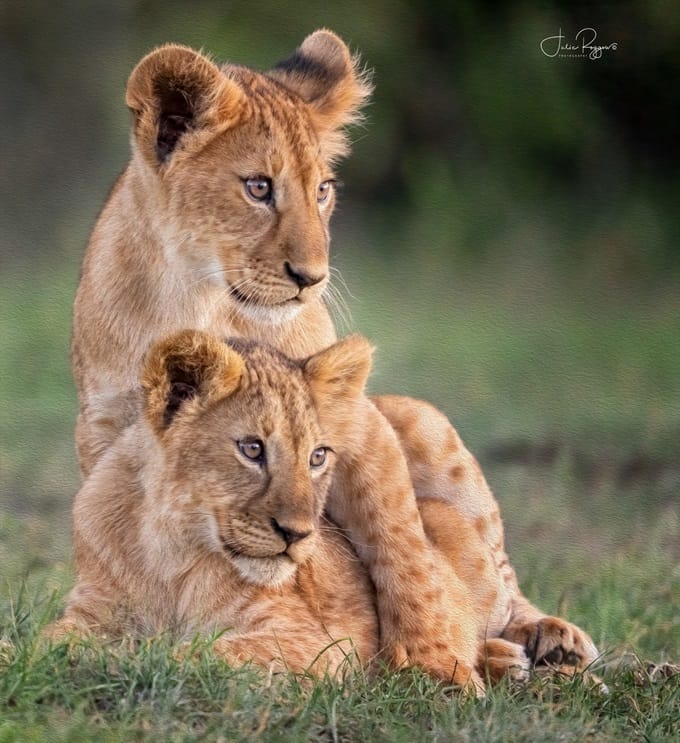Safari Industry Misconceptions – why we can’t “just leave animals alone!”
With the ever-growing pressure on land use and human-wildlife conflict, the future for Kenya's wildlife is at risk due to loss of habitat.
Here we explain why human intervention is essential to the survival of many of our most iconic species ...
11 Endangered Animals and How We’re Helping to Protect Them
Many humans create problems for wildlife every day but, thankfully, awareness of these issues is increasing. Here are 11 endangered or near-endangered animals seen on safari and the steps being taken to protect them for the future.
5 Must-Haves for an Eco-Friendly Safari in Kenya
Our Kenyan safaris offer travellers something perhaps even more important as they ponder their next bucket-list holiday: the chance to actually make a positive impact on wildlife conservation efforts and the wellbeing of the local communities living alongside the wild animals.
Embark on an Unforgettable Tanzania Safari Tour with Gamewatchers Safaris
At Gamewatchers Safaris, we take great pride in curating extraordinary journeys that connect travellers with Tanzania’s breathtaking wildlife
So, what exactly is a Safari Shower?
This is a common question that we are asked by potential safari travellers. Safari (or "bucket") showers are not only part of a unique safari experience but also a method of water conservation at Porini Safari Camps. But, it really isn’t as primitive as it sounds! Let us explain …
48 Hours in Porini Mara Camp
It’s amazing what you can pack into two days on safari – with a multitude of wildlife, the sounds of nature away from civilisation, beautiful landscapes and welcoming hospitable people. Here's a taster of how you could spend 48 hours at Porini Mara Camp in Kenya.
Experience the Untamed Beauty of Kenya With Gamewatchers Safaris
At Gamewatchers Safaris, we invite you to immerse yourself in the true essence of wild Africa through our
15 Reasons to Go on a Safari to the Porini Camps in Kenya
If a safari holiday is on your radar, you probably have an idea of how you want your trip to look. Do you picture sleeping under canvas? The stark silhouette of the acacia trees at dusk? These are all iconic African safari scenes—but you’ve barely scratched the surface of what lies in store on a Porini Camp safari.
Olare Motorogi & Ol Kinyei have highest lion density in Africa
The Mara Lion Project published a scientific paper on lion densities in the Mara eco-system, an area generally recognised as having the highest concentration of lions in Africa. Their study shows how our Mara Conservancies are vital for the survival of these majestic animals.




















